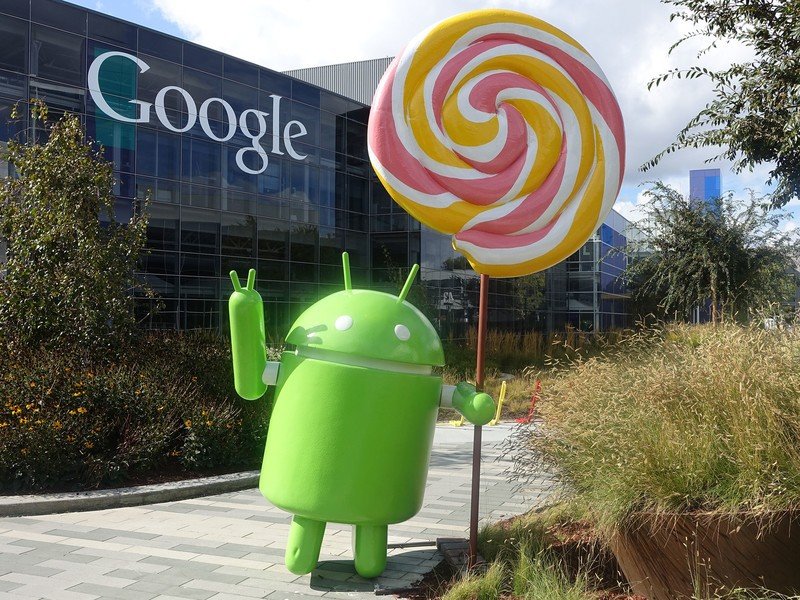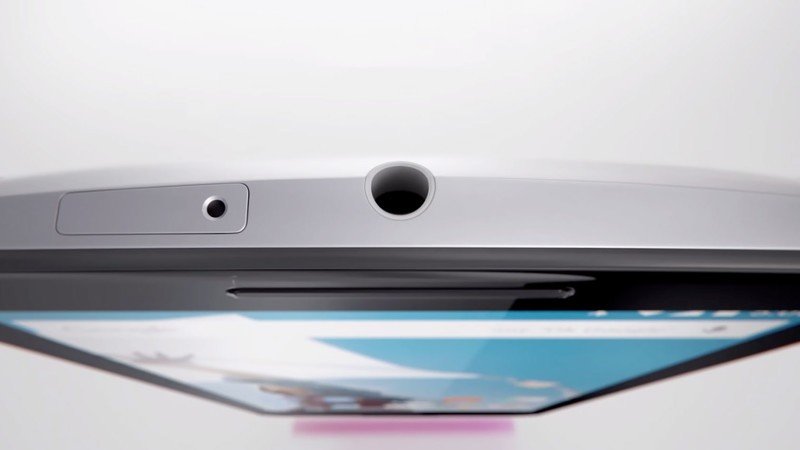Nexus joins the big leagues with premium devices and carrier backing

A new era of Android brings a new strategy for Nexus devices
The announcement of Android 5.0 Lollipop brings us into a new age of Android, with a new design language, important new APIs for developers, and even new categories of device. It's been known for some time what this new Android era — the third, by our calculations — will entail for the platform itself, but it was only yesterday we learned the implications for Google's own hardware.
With the arrival of the Nexus 6 and Nexus 9, the Nexus "subsidy" appears to be a thing of the past. These are relatively expensive, premium products, and they'll launch in the U.S. with support from all the major carriers. There's no doubt it's a significant change from the largely off-contract, Play Store-focused approach of previous years.

It's been speculated that Google absorbed some of the costs involved with earlier Nexus devices in order to hit a really competitive price point — $349 for last year's Nexus 5, $299 for 2012's Nexus 4. Or maybe Google was just able to convince Nexus partners to live with really, really slim margins. In either case, for the past couple of years competitive pricing has been one of the cornerstones of the Nexus program, and now it's gone.
Unrestrained by pricing, Google is free to make really awesome Nexus phones.
This year's Nexus handset, a 6-inch Moto-built beast, costs roughly what you'd expect to pay for any other high-end smartphone — $649 off-contract in the U.S. And at $399, the HTC Nexus 9 lines up right next to Apple's current iPad mini. No-one's sweetening the deal here. If you're buying into the Nexus brand in 2014, you're doing so at full retail price, just as you would a Galaxy Note 4 or iPhone 6 Plus. There are a few things to take away from this. Firstly and most obviously, you can expect to pay more for Nexus devices from now on. But the new price points also free Google and its partners to make the high-end smartphones they really want to, unrestrained by economic restrictions. Price was probably a big part of why we never saw official LTE support for the Nexus 4, or why the Nexus 5's plastic chassis was — well, kinda boring. Or why both shipped with relatively unspectacular cameras.
Now there's greater freedom for Google and partners to ship really, really awesome hardware with the latest "stock" Android software experience and fast updates, something we really haven't seen outside of the moribund Google Play editions program. (And something Android purists have long been crying out for.) Now there's one less thing stopping a Nexus being great a smartphone in general, not just decent hardware for developers and nerds.
By the same token, it's unclear if anything at all will step in to fill the "high-end smartphone at an affordable price" niche established by the Nexus 4 and 5.
It's also hard to overstate the importance of the Nexus 6 coming to all the major U.S. carriers — and Verizon in particular, considering the bungled Verizon Galaxy Nexus launch of 2011 and subsequent issues with the Nexus 7 on the U.S's biggest mobile operator.
Get the latest news from Android Central, your trusted companion in the world of Android

You've always been able to buy a Nexus phone in some form or other from certain American operators, but the experience has been disjointed, confusing and sometimes way more expensive than buying from Google directly. With the arrival of the Nexus 6, buyers in the U.S. will be able to walk into carrier stores and see the device alongside the latest from Apple and Samsung, and buy it on contract — a huge deal, potentially. We've heard rumors this past year of Google's plans to use the Android Silver program (variously reported to be dead, alive or on ice) as a window into the U.S. carrier system, but by bringing a full-blooded Nexus to AT&T, T-Mobile, Verizon, Sprint and U.S. Cellular, it's instead marched in through the front door.
What we don't know is exactly how software will shake out on the Verizon Nexus 6. Assuming Google doesn't want to deal with the headache of maintaining a separate SKU with separate firmware, and dealing with after-the-fact Verizon certification for updates as it did with the Galaxy Nexus, the most likely option is a parallel with the Sprint Nexus 5. If there really is one SKU for everyone — and that's still a big if — Google may have successfully wrestled full control of its software away from the carrier giant, and that's great news for Nexus fans on Verizon. We'll know for sure once the phones (and updates) start rolling out; that process didn't exactly go smoothly for the Verizon Nexus 7.

There's no excuse for a half-assed camera, disappointing battery life or unspectacular build quality.
With the freedom to make a more expensive Nexus device — and the acquisition of vital shelf space in carrier stores — comes the obligation to deliver a Nexus that competes with the best smartphones on the market. There's no excuse for a half-assed camera, disappointing battery life, unspectacular build quality or any of the other offenses for which we've given previous Nexuses a pass. Google needs to bring its A-game.
In doing so, the Nexus line will become a much more direct rival to other Android partners. Google has technically competed with its own Android licensees ever since the original Nexus One, however a more premium, carrier-backed device like the Nexus 6 puts Google direct contention with the likes of Samsung, LG, HTC and others. In a market where even Samsung is feeling the squeeze right now, that's bound to create some tension.
For Google, though, perhaps the benefits outweigh any potentially ruffled feathers. It's an important step in the company's longstanding goal for Android — to get a Google-controlled, Google-designed user experience into more hands. In developing markets that's the job of Android One. In U.S. specifically, selling a high-end, no-holds-barred Nexus to consumers in the place most of them go to buy smartphones is an enormous step in the right direction.

Alex was with Android Central for over a decade, producing written and video content for the site, and served as global Executive Editor from 2016 to 2022.
